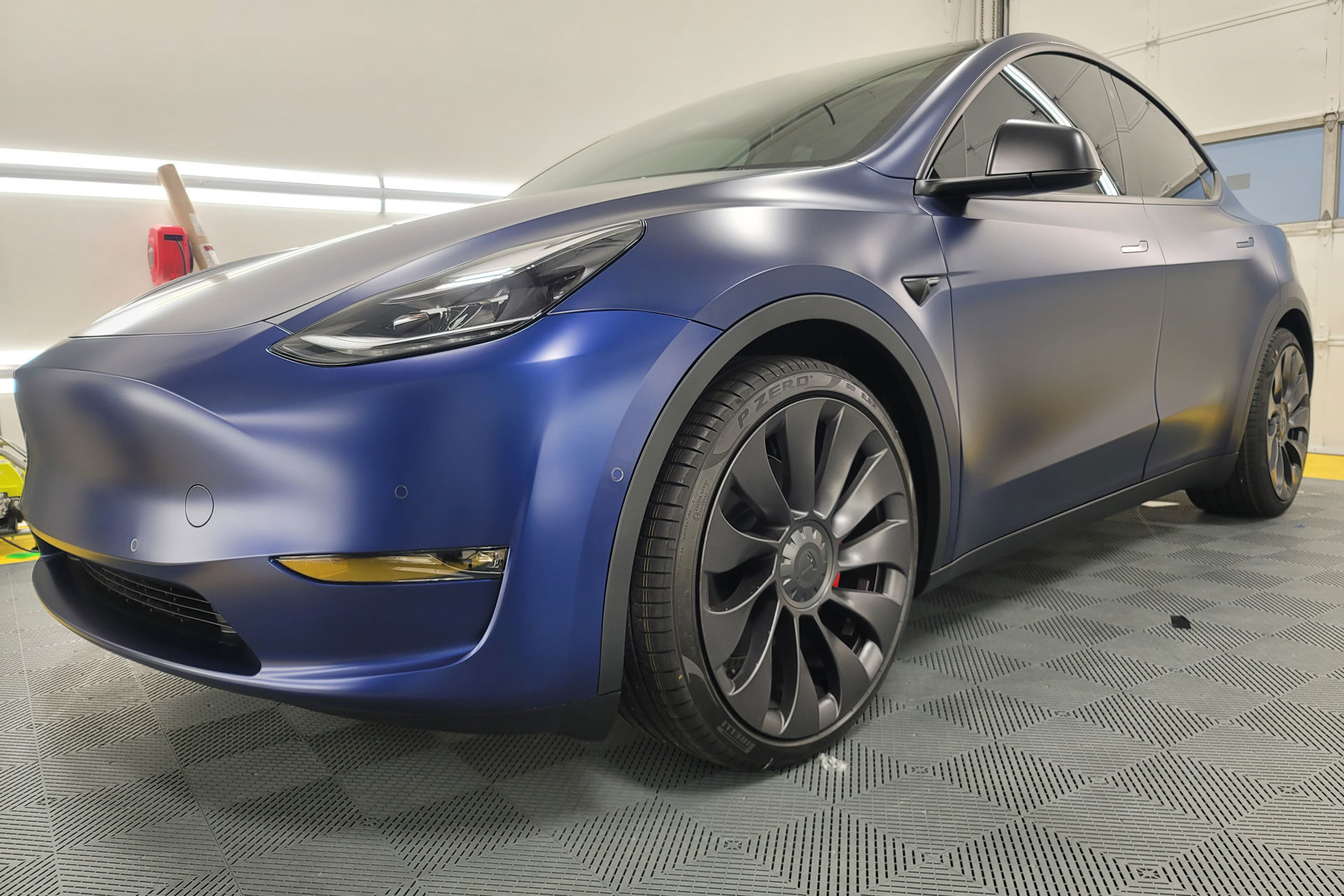
7 Key Differences Between Ceramic Coating and PPF
A car is one of the priced assets that people cherish, which explains the high level of care. One of the selling points of a great ride is its finish and exteriors. The shiny and glossy body surfaces tend to fade over time due to wear and tear and environmental conditions.
Fortunately, you can restore your car’s gloss by adding a ceramic coating or paint protection film. Here’s what you need to know about these two technologies.
Ceramic Coating: It’s made of a liquid polymer that provides a tiny but effective layer of protection on the vehicle’s surface. It’s made up of silica and other ingredients to form a clear coating. The coating fuses into the tiny pores of the current paint to make the surface heat-resistant, UV tolerant, and scratch-resistant.
Paint Protection Film: A transparent film made up of thermoplastic coating applied to fresh paint for extra protection. The transparent nature does not conceal the original color of the vehicle. PPF protects the vehicle from acidity, chips, oxidation, bird sputter, and road grime.
So, which protection technology should you apply to your car? Let’s explore.
Differences Between Ceramic Coating and Paint Protection Film
Most car owners go for wax application to seal off scratches, UV protection and maintain a glossy look. However, it’s not very effective and requires constant re-application. Ceramic coating or paint protection film are excellent upgrades. They have similar technology, but each has its own merits.
Here are the differences:
1. Method of Application
Ceramic coating is a liquid polymer that is applied using a sponge applicant to the exterior surfaces. The liquid polymer creates a bond— either permanent or semi-permanent— with the existing paint.
On the other hand, PPF is applied to the exteriors by compressing and heat application. After applying it on the surface, the next step involves eliminating bubbles and uneven areas before finally applying heat to integrate the coating fully.
2. Level of Protection Ceramic Coating
Ceramic coating adds an extra layer, which makes it easier to clean. The protective layer makes the vehicle new with minimal maintenance.
Here’s a breakdown of how it protects the exterior surfaces
- Protects from UV damage or oxidation: Continued exposure to sunlight results in oxidation of the paint, which is why vehicle paint turns dull or fades. The ceramic coating contains Silicone Dioxide(SiO2), an inorganic metal oxide that prevents oxidation. Quality ceramic coating products have SiO2 component of 70% and above that brings the hard and long-lasting protection.
- Protects From Chemical Stains: The semi-permanent bond formed between the paint creates a chemically resistant surface. The strong bond prevents chemicals from attaching and reacting with the exterior surfaces.
Paint Protection Film
Paint protection film is made of thermoplastic urethane resistant to chemical contaminants and can shield the vehicle for up to 10 years. PPF is very effective against physical elements that may hit and damage the exterior surfaces.
PPF is thicker than a ceramic coating, and its chemical composition allows self-healing. As such, it’s more effective in deterring away small rocks, debris, pebbles, and other physical objects.
A point to note: It’s easy to correct a scratch on the surface caused by a rock or piece of debris. You can apply heat to the affected area to reverse the effects.
3. Car Appearance After Application
If you love a car with a shiny and glossy look, ceramic coating is the solution you need. The nano-coating contains small microscopic elements that seep into the paint’s pores to enhance a glossy finish.
Unlike the ceramic coating, PPF strength lies in other features and is likely to create a blurry impression. Its therefore advisable to polish the paint of the car first before applying PPF to achieve your desired level of shine.
4. Durability
Normal car paint may last up to 3 years, while a ceramic coating can last up to five years. On the other hand, products like wax or sealants only last for a few months. Unlike ceramic coating that relies on the strength of semi-permanent bonds formed, PPF provides a uniform coating. It can therefore maintain its strength and bond for ten years.
5. Ease of Cleaning
- Ceramic Coating: It has hydrophobic properties that allow it to repel dirt, liquids, mud, and dirt. Also, the ceramic coating has a non-stick element that repels dirt, making it easy to clean. As such, it’s easier to clean vehicles that are fitted with a ceramic coating.
- Paint Protection Film: On the contrary, PPF doesn’t have non-stick or hydrophobic properties, making it harder to clean. Nonetheless, it protects the car surfaces from swirl marks and hard water spots associated with car cleaning.
6. Ease of Removal
The thermoplastic coating, associated with PPF, is applied as a unit which makes it easy to reverse errors during application. If there is an accidental scratch on the surface, you’ll only need to replace part of the PPF. On the contrary, removing a ceramic coating is complex and requires the services of a professional detailer.
7. Anti-scratch Properties
Some marketers push the narrative that ceramic coatings are scratch-resistant, which is misleading. Towels or cleaning sponges can trap gravel, dirt, and other solid particles, which are likely to cause swirl marks.
Ceramic Coating creates stronger paint bonds that prevent swirl marks likely to form during the cleaning process. Even so, it’s not very effective in deterring deep scratches from gravel, pebbles, and dirt.
On the contrary, PPF has healing properties that help seal minor to mild cracks on the exterior surfaces. As such, it’s more effective in minimizing the impact of rocks and absorbing minor scratches.
Let Us Help You Install An Excellent Coating For Your Ride
A ceramic coating or paint protection film boosts your car exteriors’ visual impression and physical properties. You may opt to install ceramic coating because of the superior benefits it offers for ultraviolet protection.
That said, it’s essential to work with a car expert like California Tint who understands different coating technologies. We’ll help you decide on the best coating for your ride and install it professionally. Contact us today to learn more.
- Carbon or Ceramic Window Tint: Which is Better For Your Car? - April 22, 2024
- 7 Reasons to Tint Your Car Windows - March 27, 2024
- Do I Need Paint Correction Before Installing PPF? A Guide to Making the Right Choice - March 18, 2024

